-
 Bitcoin
Bitcoin $117800
0.49% -
 Ethereum
Ethereum $4432
0.55% -
 XRP
XRP $3.106
1.07% -
 Tether USDt
Tether USDt $1.001
0.01% -
 BNB
BNB $835.8
1.74% -
 Solana
Solana $189.1
2.72% -
 USDC
USDC $0.9999
-0.01% -
 Dogecoin
Dogecoin $0.2302
3.65% -
 TRON
TRON $0.3485
-0.69% -
 Cardano
Cardano $0.9212
-0.91% -
 Hyperliquid
Hyperliquid $46.97
1.45% -
 Chainlink
Chainlink $22.77
5.61% -
 Stellar
Stellar $0.4284
0.82% -
 Sui
Sui $3.766
2.82% -
 Bitcoin Cash
Bitcoin Cash $583.5
-0.82% -
 Ethena USDe
Ethena USDe $1.001
0.03% -
 Hedera
Hedera $0.2512
2.78% -
 Avalanche
Avalanche $24.18
2.27% -
 Litecoin
Litecoin $120.2
2.10% -
 Toncoin
Toncoin $3.450
1.96% -
 UNUS SED LEO
UNUS SED LEO $9.412
-0.92% -
 Shiba Inu
Shiba Inu $0.00001298
2.35% -
 Uniswap
Uniswap $10.99
3.75% -
 Polkadot
Polkadot $3.962
3.09% -
 Dai
Dai $1.000
0.00% -
 Bitget Token
Bitget Token $4.643
1.38% -
 Cronos
Cronos $0.1511
-0.08% -
 Ethena
Ethena $0.7246
3.18% -
 Monero
Monero $254.9
7.90% -
 Pepe
Pepe $0.00001100
3.32%
Why does token economics determine the success or failure of a project? Analysis of key elements and design logic
Token economics, or tokenomics, is crucial for crypto projects, influencing viability and success through supply, distribution, incentives, utility, valuation, governance, and sustainability.
May 15, 2025 at 06:56 pm
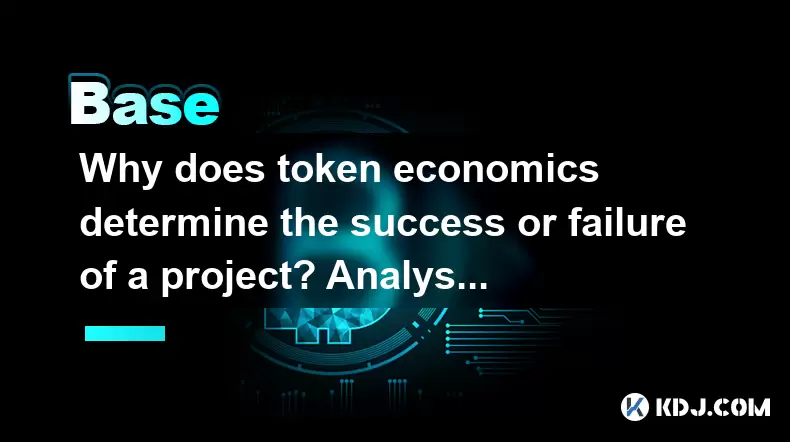
Token economics, often referred to as tokenomics, is a critical aspect of any cryptocurrency or blockchain project. It encompasses the design and implementation of a token's economic model, which directly influences the project's viability, sustainability, and overall success. The intricate relationship between token economics and project success or failure hinges on several key elements and design logic principles. Let's delve into these aspects to understand why token economics is so pivotal.
The Role of Token Supply and Distribution
Token supply and its distribution are foundational elements of token economics. The total supply of tokens can significantly impact a project's perceived value and scarcity. A fixed supply, similar to Bitcoin's 21 million cap, can create a sense of scarcity, potentially driving up value if demand increases. Conversely, an inflationary model with an ever-increasing supply can lead to devaluation unless balanced with other economic mechanisms.
Distribution of tokens is equally crucial. How tokens are initially distributed among founders, investors, and the community can set the tone for the project's trajectory. A well-thought-out distribution strategy that rewards early adopters and incentivizes long-term holding can foster a healthy ecosystem. For instance, projects like Ethereum allocated a portion of their initial supply to a public sale, ensuring widespread distribution and community engagement.
Incentive Structures and Utility
The incentive structures built into a token's economics are vital for driving user behavior and ensuring the project's success. Tokens often serve as rewards for specific actions, such as staking, participating in governance, or contributing to the network's security. These incentives must be carefully designed to align the interests of all stakeholders, from developers to users.
Utility is another cornerstone of token economics. A token's value is intrinsically tied to its utility within the ecosystem. If a token has clear and practical uses, such as being required for transaction fees, accessing premium features, or participating in governance, it is more likely to be perceived as valuable. Projects like Filecoin, which use tokens to incentivize storage providers and users, exemplify how utility can drive token demand and project success.
Token Valuation and Market Dynamics
Token valuation is influenced by a myriad of factors, including market dynamics, investor sentiment, and the project's fundamentals. Token economics plays a pivotal role in shaping these dynamics. For instance, mechanisms like token burns, where a portion of tokens are permanently removed from circulation, can create a deflationary effect, potentially increasing value.
Market dynamics are also influenced by token economics. The presence of liquidity pools, staking rewards, and other economic features can affect a token's liquidity and volatility. Projects need to balance these factors to ensure that the token remains attractive to investors while maintaining stability.
Governance and Decentralization
Governance is another critical aspect of token economics. Many projects implement decentralized governance models where token holders can vote on proposals and influence the project's direction. The design of these governance mechanisms can significantly impact the project's success. A well-designed governance model can foster community engagement and ensure that the project evolves in line with its users' needs.
Decentralization is often a core tenet of blockchain projects, and token economics can either support or undermine this goal. The distribution of tokens and the design of economic incentives can either centralize power in the hands of a few or promote a more equitable distribution of influence. Projects like Decentraland use token economics to encourage decentralized land ownership and governance, aligning with their vision of a decentralized virtual world.
Long-term Sustainability and Economic Models
Long-term sustainability is a key consideration in token economics. Projects must design economic models that can support growth and adaptation over time. This includes considering factors such as scalability, interoperability, and the ability to evolve with changing market conditions.
Economic models vary widely across projects, from simple models based on transaction fees to complex models incorporating multiple token types and economic mechanisms. The choice of economic model can significantly impact a project's success. For example, projects like MakerDAO use a dual-token system (DAI and MKR) to maintain stability and incentivize participation, demonstrating how a well-designed economic model can support long-term sustainability.
Case Studies: Successes and Failures
To illustrate the impact of token economics on project success, let's examine a few case studies.
Bitcoin: Bitcoin's success can be attributed in part to its simple yet effective token economics. The fixed supply of 21 million bitcoins creates scarcity, while the mining reward system incentivizes network security. These elements have contributed to Bitcoin's status as a store of value and a successful project.
EOS: EOS faced challenges due to its token economics. The initial coin offering (ICO) raised significant funds but led to a highly centralized token distribution. The subsequent governance model and economic incentives were criticized for not adequately rewarding community participation, which impacted the project's long-term success.
Uniswap: Uniswap's token economics have been pivotal to its success. The UNI token serves multiple purposes, including governance and liquidity provision rewards. The distribution of tokens to early users and the implementation of a fee-sharing model have fostered a vibrant ecosystem and contributed to the project's success.
FAQs
Q: How can a project ensure fair token distribution?
A: Ensuring fair token distribution involves several strategies. Projects can implement airdrops to distribute tokens to a wide audience, use vesting schedules to prevent early dumping, and allocate tokens to community initiatives and developers. Transparency in the distribution process and clear communication with the community are also crucial.
Q: What are the risks associated with token burns?
A: Token burns can be a double-edged sword. While they can increase token scarcity and potentially value, they can also lead to reduced liquidity and increased volatility. Projects must carefully consider the timing and scale of token burns to mitigate these risks.
Q: How does token economics impact investor confidence?
A: Token economics can significantly impact investor confidence. A well-designed economic model that balances supply and demand, incentivizes participation, and ensures long-term sustainability can boost investor confidence. Conversely, poorly designed token economics can lead to skepticism and reduced investment.
Q: Can token economics be adjusted after a project's launch?
A: Yes, token economics can be adjusted post-launch, but it requires careful planning and community consensus. Projects often use governance mechanisms to propose and vote on changes to token economics. Adjustments can include altering token supply, modifying incentive structures, or introducing new economic mechanisms.
Disclaimer:info@kdj.com
The information provided is not trading advice. kdj.com does not assume any responsibility for any investments made based on the information provided in this article. Cryptocurrencies are highly volatile and it is highly recommended that you invest with caution after thorough research!
If you believe that the content used on this website infringes your copyright, please contact us immediately (info@kdj.com) and we will delete it promptly.
- Kazakhstan's Crypto Leap: Bitcoin ETF and Central Asia's Digital Finance Future
- 2025-08-13 12:45:19
- BlockDAG Presale Blazes Past $371M: Fundraising Frenzy Fuels Crypto Sensation
- 2025-08-13 13:05:21
- Meme Coins: Chasing the 2025 Surge – Which Will Moonshot?
- 2025-08-13 10:25:23
- Bitcoin's Wild Ride: Rally, Pullback, and What's Next
- 2025-08-13 10:25:23
- Bitcoin, Bitmax, and Institutional Demand: A New Era of Crypto Investment
- 2025-08-13 10:45:12
- Solana, ROAM, and Airdrops: What's the Buzz in 2025?
- 2025-08-13 11:35:13
Related knowledge
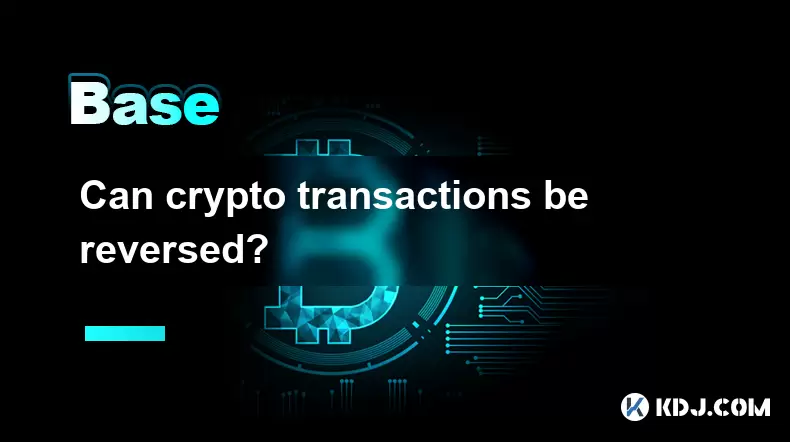
Can crypto transactions be reversed?
Aug 10,2025 at 01:35am
Understanding the Immutability of Blockchain TransactionsCryptocurrency transactions are built on blockchain technology, which is designed to be immut...
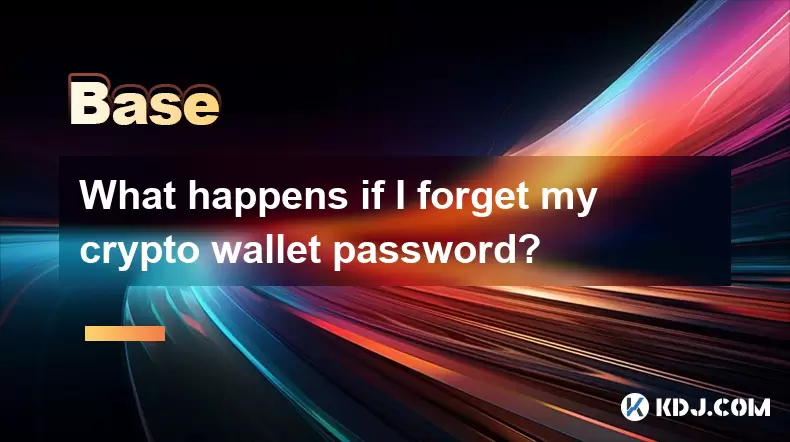
What happens if I forget my crypto wallet password?
Aug 09,2025 at 08:50am
Understanding the Role of a Crypto Wallet PasswordA crypto wallet password serves as a critical security layer that protects access to your digital as...
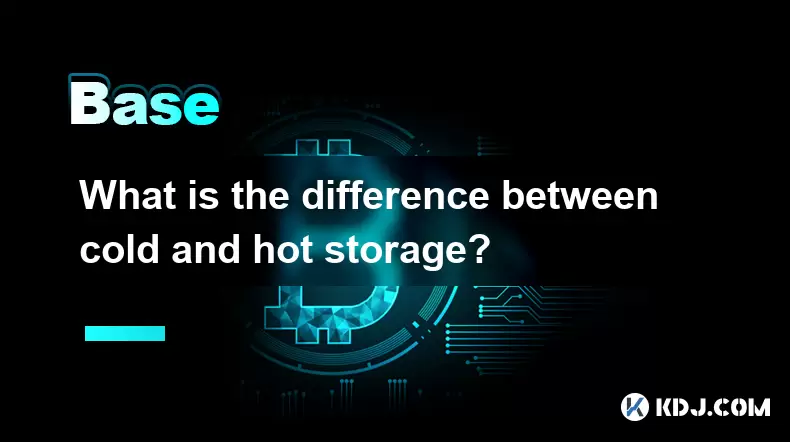
What is the difference between cold and hot storage?
Aug 12,2025 at 01:01am
Understanding Cold Storage in CryptocurrencyCold storage refers to offline methods of storing cryptocurrency private keys, ensuring they are not expos...
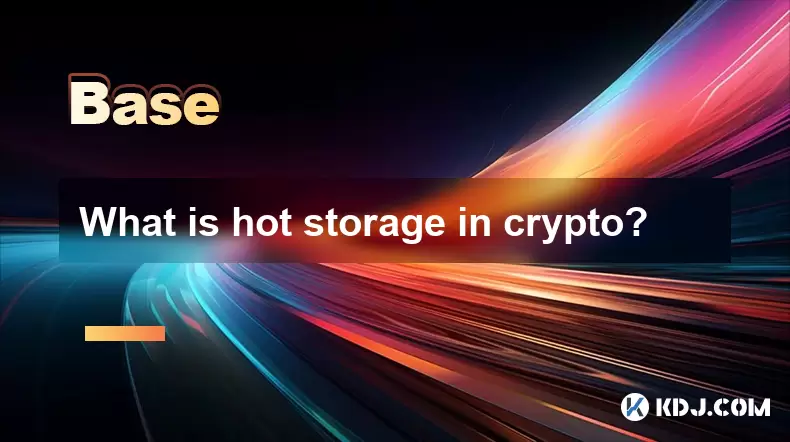
What is hot storage in crypto?
Aug 11,2025 at 07:08am
Understanding Hot Storage in CryptocurrencyHot storage refers to cryptocurrency wallets that are connected to the internet. Unlike cold storage soluti...

What is cold storage in crypto?
Aug 13,2025 at 11:35am
Understanding Cold Storage in CryptocurrencyCold storage in cryptocurrency refers to a method of storing digital assets offline, away from internet-co...

What is the best crypto portfolio tracker?
Aug 10,2025 at 05:08am
Understanding the Role of a Crypto Portfolio TrackerA crypto portfolio tracker is a digital tool designed to help investors monitor the performance of...

Can crypto transactions be reversed?
Aug 10,2025 at 01:35am
Understanding the Immutability of Blockchain TransactionsCryptocurrency transactions are built on blockchain technology, which is designed to be immut...

What happens if I forget my crypto wallet password?
Aug 09,2025 at 08:50am
Understanding the Role of a Crypto Wallet PasswordA crypto wallet password serves as a critical security layer that protects access to your digital as...

What is the difference between cold and hot storage?
Aug 12,2025 at 01:01am
Understanding Cold Storage in CryptocurrencyCold storage refers to offline methods of storing cryptocurrency private keys, ensuring they are not expos...

What is hot storage in crypto?
Aug 11,2025 at 07:08am
Understanding Hot Storage in CryptocurrencyHot storage refers to cryptocurrency wallets that are connected to the internet. Unlike cold storage soluti...

What is cold storage in crypto?
Aug 13,2025 at 11:35am
Understanding Cold Storage in CryptocurrencyCold storage in cryptocurrency refers to a method of storing digital assets offline, away from internet-co...

What is the best crypto portfolio tracker?
Aug 10,2025 at 05:08am
Understanding the Role of a Crypto Portfolio TrackerA crypto portfolio tracker is a digital tool designed to help investors monitor the performance of...
See all articles

























































































